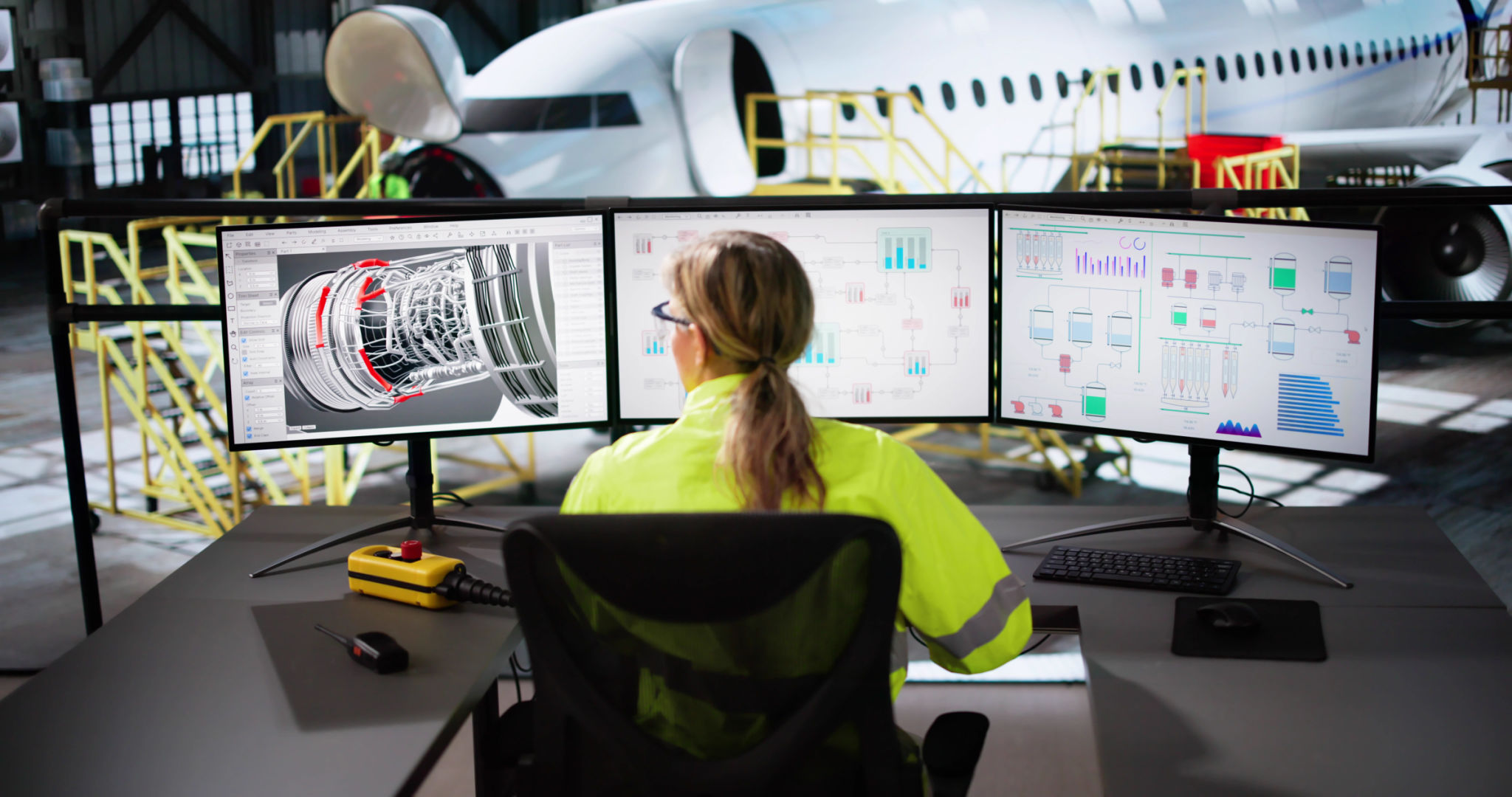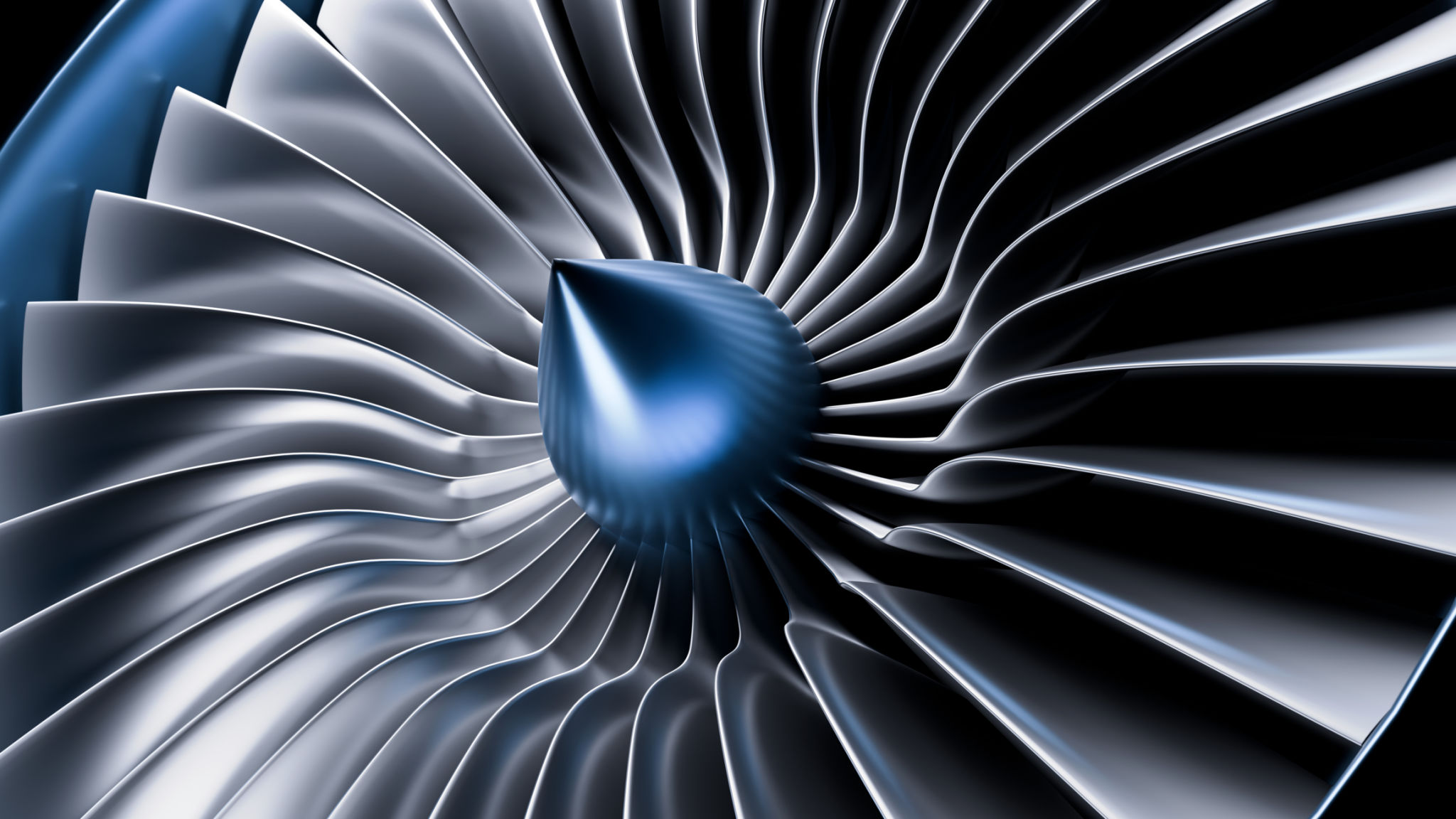Top 5 Maintenance Tips for Aviation Equipment in California's Climate
Understanding California's Climate Impact on Aviation Equipment
California's climate is diverse, ranging from coastal areas with mild weather to inland regions with extreme heat and dryness. This variability poses unique challenges for maintaining aviation equipment. Understanding these climatic effects is crucial to ensuring the longevity and performance of your aircraft.
In coastal areas, moisture and salt can lead to corrosion, while inland areas can cause wear and tear due to high temperatures and UV exposure. Here are five essential maintenance tips to help you navigate these challenges effectively.
Regular Inspections and Cleaning
Combatting Corrosion
One of the primary threats to aviation equipment in California's coastal regions is corrosion. Regular inspections are vital to detect any early signs of rust or corrosion. Clean your equipment thoroughly, especially metal components, to remove any salt or moisture buildup. Using corrosion-resistant coatings can also be a preventive measure.

Routine Cleaning Practices
Establish a routine cleaning schedule for your aircraft. Use appropriate cleaning agents that do not damage the paintwork or metal surfaces. Pay special attention to the undercarriage and landing gear, as these areas are particularly susceptible to debris accumulation.
Temperature Management
Protective Measures Against Heat
Inland areas of California experience high temperatures, which can lead to overheating of both equipment and onboard systems. Ensure that cooling systems are functioning optimally and consider installing sunshades or using hangars to shield aircraft from direct sunlight when not in use.

Monitor Temperature-Sensitive Components
Components such as avionics are sensitive to temperature fluctuations. Regularly check these systems for any signs of malfunction due to heat. Incorporating temperature monitoring devices can help in maintaining optimal operating conditions.
Proper Lubrication
Importance of Consistent Lubrication
Keeping your aviation equipment well-lubricated is essential, especially in dry regions where dust and sand can affect moving parts. Regularly check lubrication points and ensure that the correct type of lubricant is used for different components.

Preventing Wear and Tear
Proper lubrication not only prevents wear and tear but also enhances the efficiency of mechanical parts. Make sure to follow manufacturer guidelines on lubrication intervals and quantities for best results.
Battery Maintenance
Ensuring Battery Longevity
Batteries are integral to the operation of aviation equipment yet often overlooked. In California's varied climate, battery maintenance is key. Regularly check battery terminals for corrosion, ensure they are fully charged, and replace them when necessary.
Adaptation to Climate Changes
Consider using climate-adapted batteries that are designed to perform optimally under specific temperature conditions. These batteries can provide more reliable power supply across varying climatic zones in California.
Documentation and Record Keeping
The Role of Maintenance Records
Keeping detailed maintenance records is crucial for tracking the condition of your aviation equipment. Document every inspection, cleaning, lubrication, and part replacement to ensure comprehensive oversight.
Facilitating Future Maintenance
These records not only help in planning future maintenance but also serve as vital documentation should you need to troubleshoot any issues. Consistent record-keeping ensures you stay ahead of potential problems, maintaining the safety and reliability of your aircraft.
